They plan to use this robot in combat situation in the future.
All the video content used in this clip come from the U.S Department of Defense.
They plan to use this robot in combat situation in the future.
All the video content used in this clip come from the U.S Department of Defense.
Occasionally we come across a piece of information which reminds us that, while flying cars are still nowhere to be found, we’re definitely living in the future. Usually it’s about some new application of artificial intelligence, or maybe another success in the rapidly developing field of private spaceflight. But sometimes it’s when you look at a website and say to yourself: “Oh cool, they have 1.5kW electromagnetic accelerators in stock.”
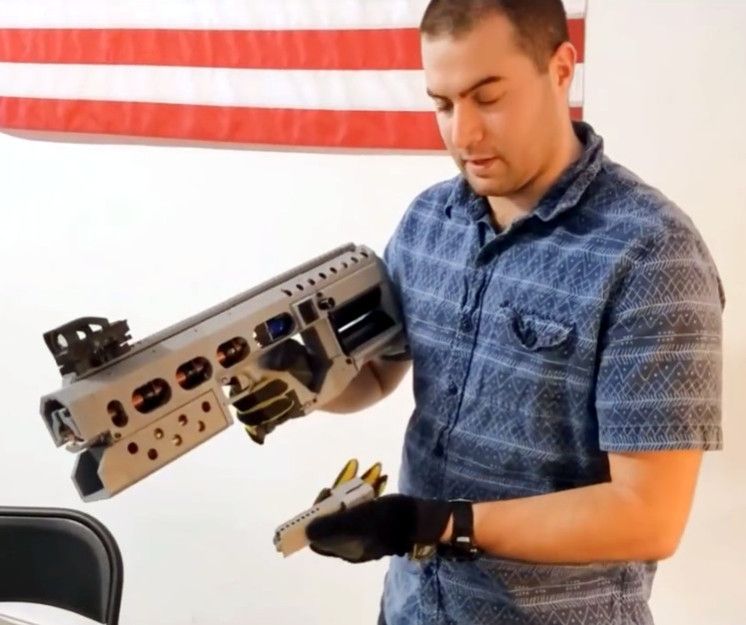
Arcflash Labs, a partnership between [David Wirth] and [Jason Murray], have put their EMG-01A Gauss gun up for sale for anyone who’s brave enough and willing to put down $1,000 USD on what’s essentially a high-tech BB gun. The creators claim it obtains an efficiency of 6.5% out of its RC-style 6S LiPo battery pack, which allows it to fire over 100 rounds before needing to be recharged. Firing 4.6g steel projectiles at a rather leisurely 45 m/s, this futuristic weapon would be more of a match for tin cans than invading alien forces, but at least you’ll be blasting those cans from a position of supreme technical superiority.
The EMG-01A builds on the work of the team’s previous experiments, such as the semi-automatic railgun we covered last year. They’ve made the device much smaller and lighter than their previous guns, as well as worked on making them safer and more reliable. That said, the page for the EMG-01A has a number of warnings and caveats that you won’t see on the back of a Red Ryder BB gun box; it’s certainly not a toy, and anyone who takes ownership of one needs to be respectful of the responsibility they’re taking on.

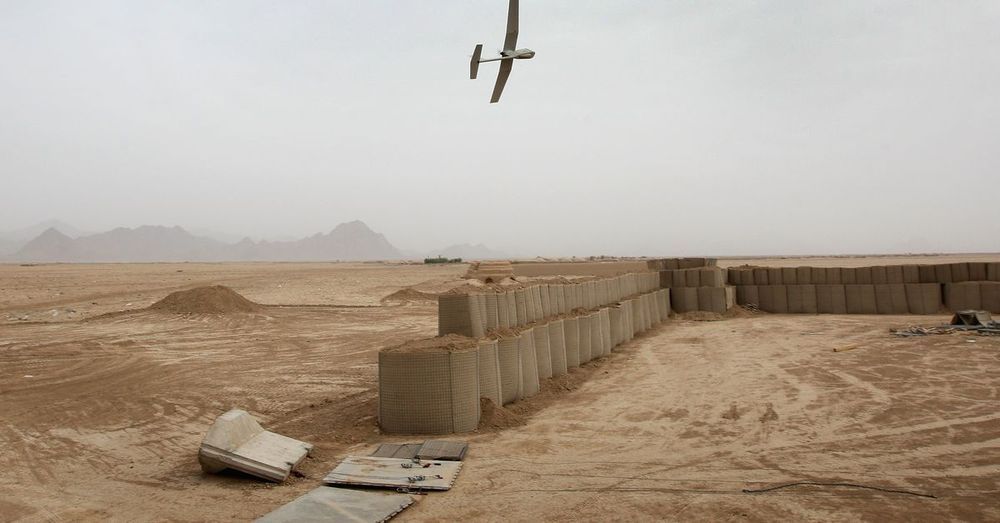
There are certainly ways to use AI to reduce the collateral damage and harms of war, but fully autonomous weapons would also usher in a host of new moral, technical, and strategic dilemmas, which is why scientists and activists have pushed the United Nations and world governments to consider a preemptive ban. Their hope is that we can keep killer robots in the realm of science fiction.
We have the technology to make robots that kill without oversight. But should we?
Always think positively!
“Our voices help connect us to our friends, family and the world around us, which is why losing the power of one’s voice due to injury or disease is so devastating. This could happen due to various reasons such as ALS [amyotrophic lateral sclerosis] or stroke,” resulting in what is known as “locked-in-syndrome,” he added.
“Our ultimate goal is to develop technologies that can decode the internal voice of a patient who is unable to speak,” said Mesgarani.
Such innovations also mean better brain-computer interfacing, which would open up whole new platforms for man-machine communication, he added.
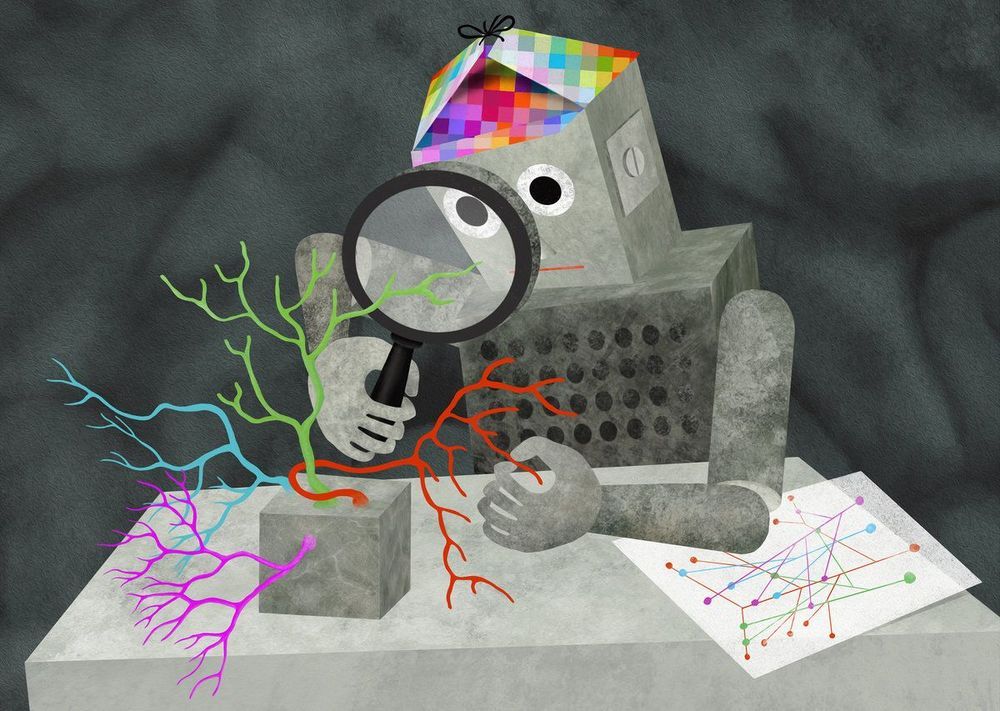
Is it possible to understand the brain? Science is still far from answering this question. However, since researchers have started training artificial intelligence on neurobiological analyses, it seems at least possible to reconstruct the cellular structure of a brain. New artificial neural networks developed by the Max Planck Institute of Neurobiology and Google AI can now even recognize and classify nerve cells independently based on their appearance.
The human brain consists of about 86 billion nerve cells and about as many glial cells. In addition, there are about 100 trillion connections between the nerve cells alone. While mapping all the connections of a human brain remains out of reach, scientists have started to address the problem on a smaller scale. Through the development of serial block-face scanning electron microscopy, all cells and connections of a particular brain area can now be automatically surveyed and displayed in a three-dimensional image.
“It can take several months to survey a 0.3 mm piece of brain under an electron microscope,” says Philipp Schubert, doctoral student in Winfried Denk’s Department at the Max Planck Institute of Neurobiology. “Depending on the size of the brain, this seems like a lot of time for a tiny piece. But even this contains thousands of cells.” Such a data set would also require almost 100 terabytes of storage space. However, it is not the collection and storage but rather the data analysis that is the difficult part.

For as smart as artificial intelligence systems seem to get, they’re still easily confused by hackers who launch so-called adversarial attacks — cyberattacks that trick algorithms into misinterpreting their training data, sometimes to disastrous ends.
In order to bolster AI’s defenses from these dangerous hacks, scientists at the Australian research agency CSIRO say in a press release they’ve created a sort of AI “vaccine” that trains algorithms on weak adversaries so they’re better prepared for the real thing — not entirely unlike how vaccines expose our immune systems to inert viruses so they can fight off infections in the future.
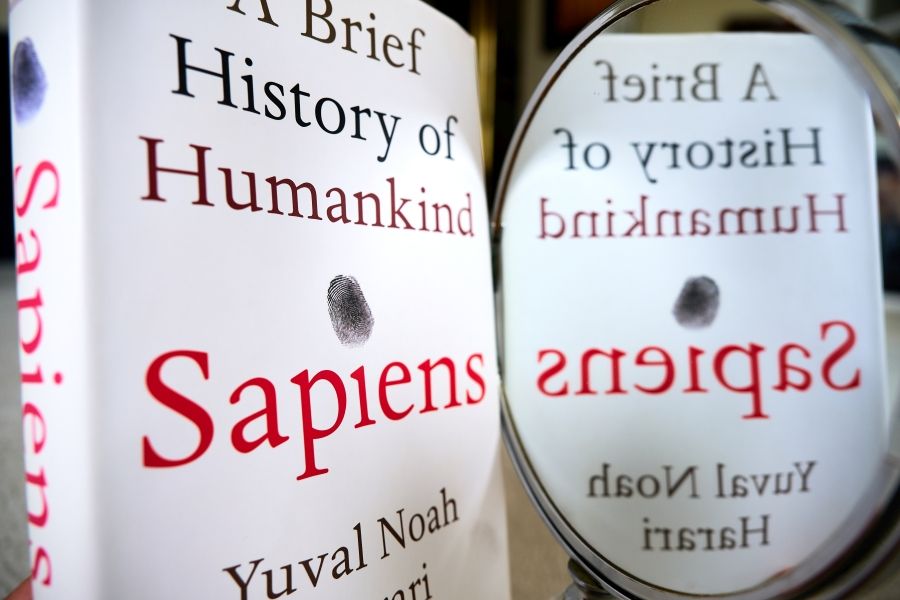
“Mirror, mirror on the wall, who’s the smartest species of them all?”
“You, oh Homo Sapiens, are smart, it is true. But AI will be smarter even than you.”
***
The most popular myth about technology is perhaps the myth that technology is a crystal ball. A crystal ball because it allegedly allows us to see the future. And to evaluate if that is indeed true, or not, we have to understand the etymology of the word technology – what it means and stands for, or at least what it used to mean and stand for.

McDonald’s Corp. is designing voice-activated drive-throughs and robotic deep-fryers as the burger giant works to streamline its menu and operations to speed up service.
The company is testing voice-recognition software at a drive-through in suburban Chicago. Inside the restaurant, a robot also tosses chicken, fish and fries into vats of oil. Both technologies are meant to shorten customer wait times that executives acknowledge have grown in recent years. McDonald’s also has stopped serving some burgers and given franchisees…
To Read the Full Story.
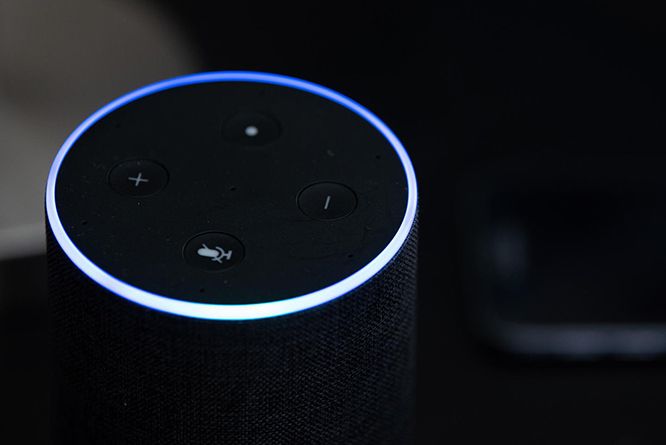
Researchers at the University of Washington have used machine learning to teach an AI system to identify when someone is having a cardiac arrest. The system learned to identify agonal breathing, which occurs when someone gasps for breath during cardiac arrest, with a high degree of accuracy. The technology can be embedded into a variety of listening devices, such as smart speakers or smartphones, to alert authorities and loved ones to someone having a heart attack while they sleep.
Approximately half a million Americans die from cardiac arrest annually. Cardiac arrests often happen while someone is at home in bed. This is particularly dangerous, as there is likely to be no-one around, or no-one awake, to help.
Now, researchers have developed an AI system that can work through smart speakers or a smartphone to monitor for signs of a cardiac arrest while someone sleeps. The system listens for something called agonal breathing, which occurs in about 50% of people who experience a cardiac arrest, and patients who demonstrate this characteristic gasping often have a better chance of surviving.